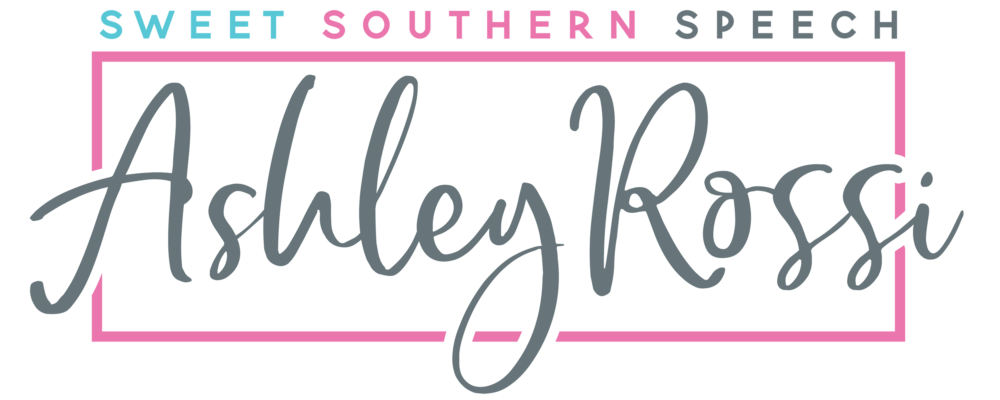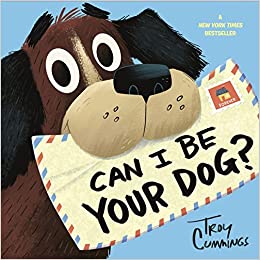This picture book shares the tale of Arfy, a homeless mutt who lives in a box in an alley. Arfy writes to every person on Butternut Street about what a great pet he’d make. His letters to prospective owners share that he’s house broken! He has his own squeaky bone! He can learn to live with cats! But, no one wants him. Won’t anyone open their heart–and home–to a lonesome dog? Readers will be happily surprised to learn just who steps up to adopt Arfy. Troy Cummings’s hilarious and touching story is a perfect gift for a child wanting a dog, and for pet adoption advocates. It also showcases many different styles of letter writing, making it appealing to parents and teachers looking to teach the lost art of written communication.
This persuasive kindness themed book can be used in speech therapy to address social/emotional issues like perseverance and wanting a family. It is also great for noticing character expressions and for targeting adjectives, sequencing and character analysis as well as for sounds including: /f/ medial, /g/ final, /k/ initial and /r/ vocalic! Discover more of the speech and language teaching concepts for using Can I Be Your Dog in speech therapy below:



